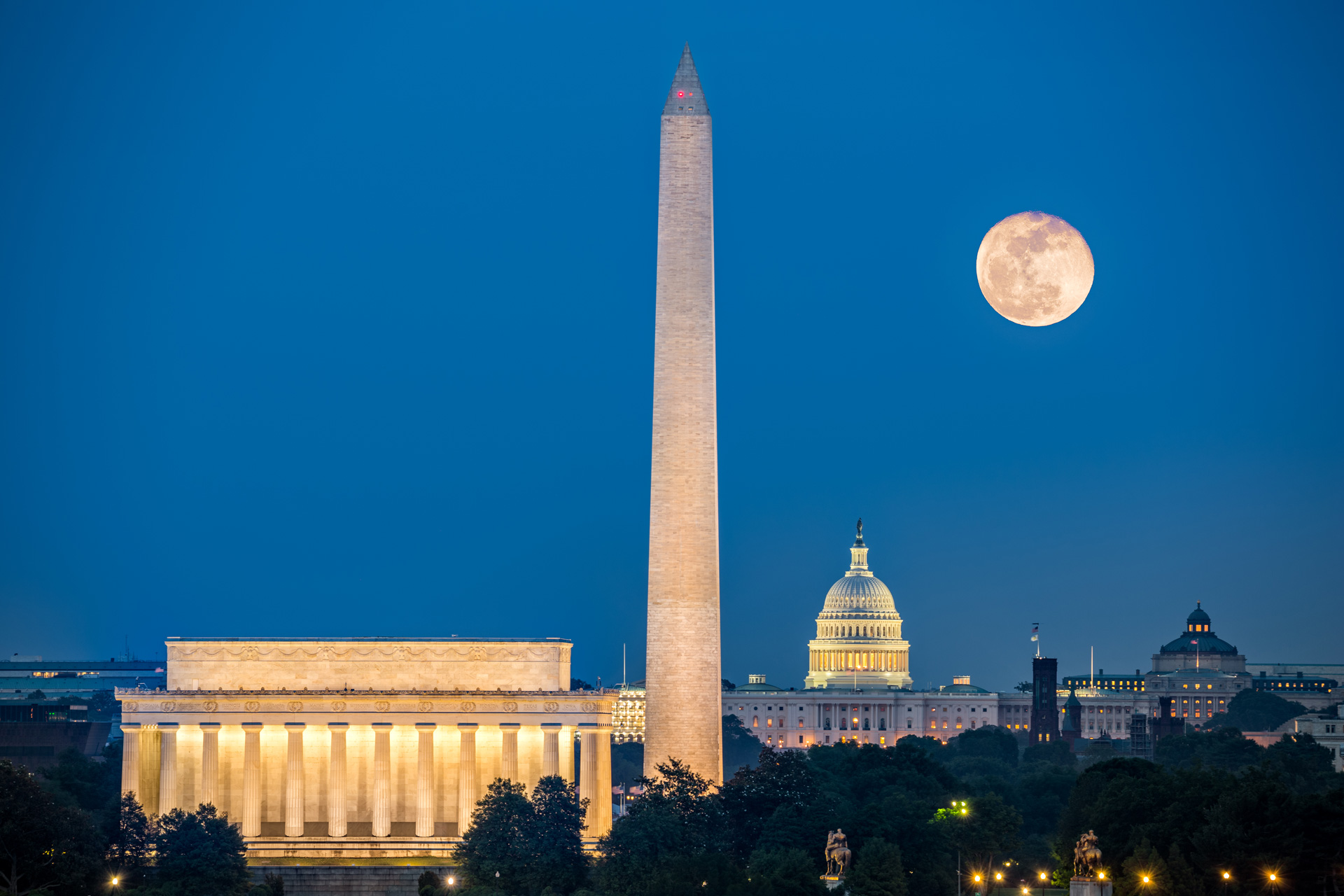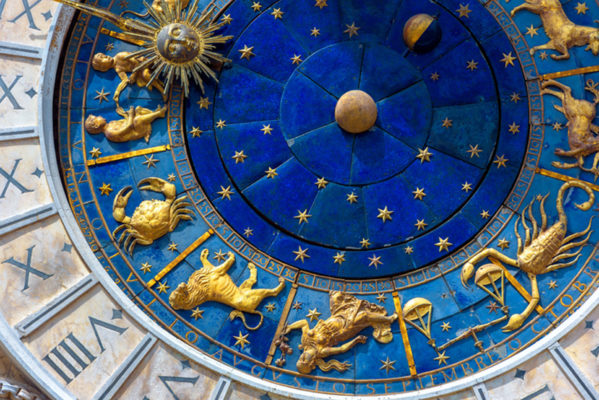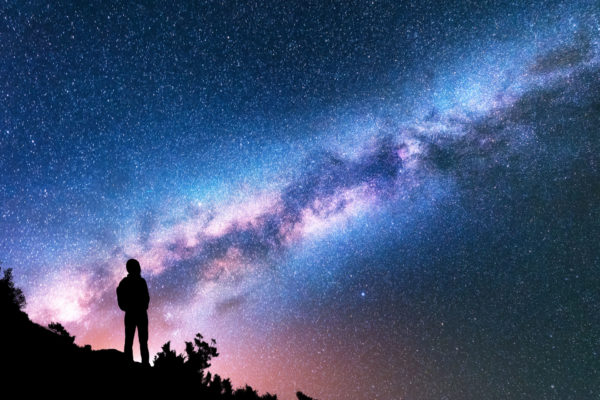What Is A Supermoon?
By
1 year ago
What you need to know

It’s a good year to be a stargazer (or should we say moongazer?), with a whole year of supermoons on the agenda. But what is a supermoon, and how does it differ from a normal moon? Here’s what you need to know.
What Is A Supermoon?
Supermoons are impressive sights to behold, as they appear brighter and bigger than full moons. The term was coined in 1979 by astrologer Richard Nolle as a way of describing what astronomers would call a perigean full moon, and according to NASA, they occur when ‘the Moon’s orbit is closest (pedigree) to Earth at the same time the Moon is full’.
As the supermoon rises and sets on the horizon, it will look even larger – but, of course, the moon doesn’t actually grow in size. It simply looks larger because of the ‘moon illusion’ phenomenon. As museum planetary science researcher Prof Sara Russell explains on the Natural History Museum’s website: ‘It may be that when it is near the horizon there are objects, like trees and buildings, that it can be compared in size to, whereas in the middle of the sky there are no points of comparison, which makes it seem smaller.’
However, a supermoon is actually brighter than usual. Due to its closeness to Earth, it casts around 30 percent more light on the planet than when the moon is at its dimmest. The closest – and, therefore, brightest – we’ve seen since 1948 was a particularly spectacular supermoon that occurred in November 2016.
In August 2023 we had two supermoons, with the second one on 30 August appearing particularly bright as it was exceptionally close to Earth, at 222,0423 miles – nearly 17,000 miles closer than average.
What Is A Blue Supermoon?
Even more special than a supermoon is a blue supermoon. A blue moon refers to the second full moon in a calendar month with two full moons – a rare phenomenon, as it takes 29.5 days for the moon to complete one orbit of the Earth. So, as during August had two supermoons, the second as classed as a blue one.
Somewhat confusingly, however, the term ‘blue moon’ doesn’t actually mean it’s going to be blue – apart from very rare occasions when dust particles in the atmosphere (for instance from a volcanic eruption) can make it appear blue.
How Often Do Supermoons Occur?
A full moon occurs once in every lunar cycle (29.5 days), but there are usually only three or four supermoons a year. Blue moons, on the other hand, tend to happen every two or three years – and blue supermoons are even rarer, occurring just once a decade. We saw the last one in 2018 during a lunar eclipse, and there won’t be another until August 2032.






